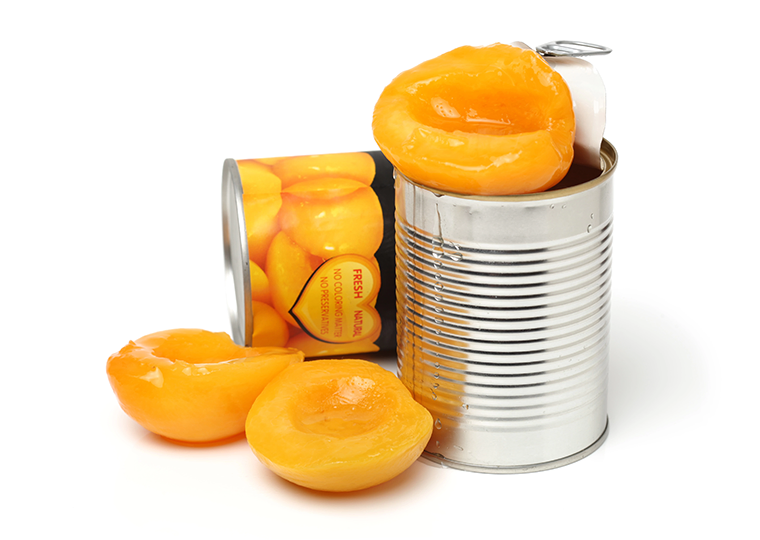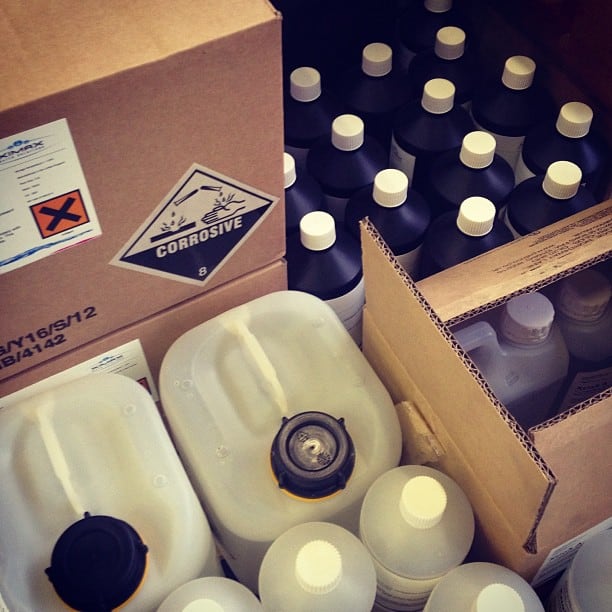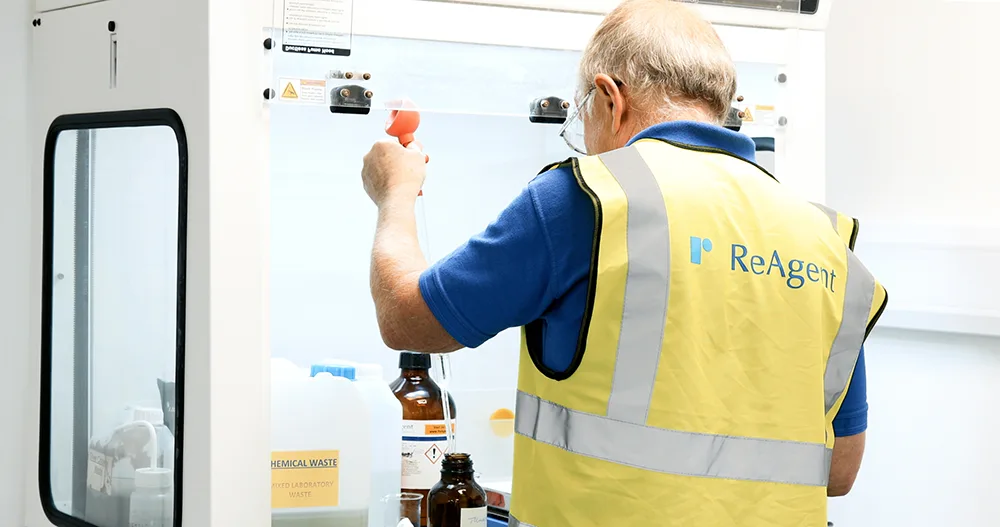Food processing is an all-encompassing term including everything from freezing vegetables to creating ready meals and snack foods. While the term “processed food” often carries negative connotations, not all processing is harmful.
In fact, many processing techniques are used to make food safer, extend shelf life, and improve nutritional value. However, some chemical additives and by-products of industrial processing can raise concerns about health and safety, particularly for the people working in these environments.
In this article, we’ll take a closer look at the chemicals commonly found in processed foods, the role they play, and how they may affect both consumers and food industry workers.
In this post:
Key Takeaways
- Processed foods range from minimally altered items like bagged salads to highly engineered snack products
- Common additives include preservatives, flavour enhancers, sweeteners, and colourants
- Most additives used in the UK are approved as safe by regulatory bodies like the Food Standards Agency (FSA)
- Food processing environments may expose workers to hazardous substances like cleaning chemicals, combustion by-products, or allergens
- It’s extremely rare for consumers to be exposed to unsafe levels of processing-related chemicals in the final food product
What are processed foods?
Technically speaking, processed foods are agricultural products that have been altered in one or more ways during preparation. Hence, they’re not limited to hotdogs and bacon. Foods can be altered in several ways, such as grinding, mixing, cooking, drying, freezing, canning, and baking. Food can also be altered by adding preservatives, artificial flavours, artificial colours, fortified nutrients, and any other chemicals.
Many processed foods are considered unhealthy because they often contain high levels of sugar, fat, and salt. However, some processed foods, such as yoghurt, are inherently healthy, while others may have fortified nutritional value because vitamins and minerals are added during production.

Some examples of processed foods that form part of many people’s regular diets include:
- Breakfast cereals
- Instant coffee
- Butter and margarine
- Cheese
- Cakes and biscuits
- Bread
- Doughnuts
- Pizza
- Ice cream
- Crisps
- Fizzy drinks
Why are chemicals used in processed foods?
Chemicals are used in foods for a variety of reasons, including to extend their shelf life, improve the taste or texture, enhance the colour, and increase the nutritional value.
- Food preservation – preservatives, such as saltpetre, are added to processed foods, especially meat products like bacon and hotdogs, to extend their shelf life. Food preservatives inhibit the growth of microorganisms, such as bacteria and fungi.
- Improve the taste – some foods have a naturally bland taste while others can become bland after undergoing various stages of processing. As a result, artificial flavourings are added to make them more palatable.
- Improve the texture – chemicals such as leavening agents can improve the texture of some processed food products like baked goods.
- Enhance the colour – artificial colours are added to enhance the aesthetic value of food that has an unattractive natural colour, or in cases where the natural colour has faded due to the manufacturing process.
- Increase the nutritional value – food products like fruits and vegetables can lose some of their nutrients during processing. To help rectify this, canned fruits and vegetables as well as other products, are fortified with vitamins and minerals to increase their nutritional value.

You can learn more about the chemistry of food additives and preservatives here.
Dangerous chemicals in processed foods
Although dangerous chemicals are not intentionally added to processed foods, some of these chemicals are induced by certain processing methods. For example, subjecting meat to high temperatures can induce the formation of carcinogenic chemicals known as heterocyclic amines.
Other examples of dangerous chemicals that are induced in food processing include:
- Acrylamide – a product of sugars and amino acids, acrylamide is a carcinogenic chemical that’s formed when food is cooked at high temperatures
- Benzene – aside from processed meat products, benzene is produced from the reaction of benzoate salts and ascorbic acid (vitamin C) with light or heat. Sodium benzoate and ascorbic acid are commonly added to beverages as preservatives
- Chloropropanols – these chemicals are formed from the chemical reaction of glycerol chlorine under acidic conditions
- Ethanol – a type of alcohol that’s formed during the fermentation process
- Ethyl carbamate – otherwise known as urethane, ethyl carbamate is not acutely toxic to humans but it may cause nausea and vomiting in high concentrations. The International Agency for Research on Cancer also found evidence that it has some carcinogenic properties
- Furan – used in some manufacturing processes, furan is occasionally found in jarred and canned food products that have been subjected to heat.
The Hazards of Food Processing
While food safety regulations are designed to protect consumers, the people working in food manufacturing facilities may face greater risks from chemical exposure.
Chemical hazards to workers
Workers in the food industry may be exposed to:
- Sanitising agents, such as chlorine-based disinfectants and quaternary ammonium compounds (quats)
- Combustion by-products like carbon monoxide and nitrogen oxides from fuel-burning equipment
- Food allergens that become airborne during production, such as powdered egg or milk proteins
- Cleaning chemicals used on processing equipment
- Lubricants and anti-corrosion agents used in machinery maintenance
These substances can cause skin irritation, respiratory issues, or allergic reactions if proper controls aren’t in place.
Consumer risk
It’s important to note that these workplace hazards rarely translate into consumer risk. Finished food products undergo stringent quality control and testing to ensure they meet safety standards.
Regulatory limits are set far below levels that could pose health concerns.
Chemicals found in processed foods
Aside from the chemicals listed above, here are some examples of chemicals that are intentionally added to processed foods. These additives are typically included in the ingredients, either as preservatives or flavourings.
- Monosodium glutamate – although not a flavouring in itself, monosodium glutamate enhances the umami flavour of food and improves the taste
- Artificial food colourings – these are water-soluble and edible dyes that can be added to foods such as pastries and sweets to enhance their aesthetic appeal

Food colourings are intentionally added to processed foods - Sodium nitrite – commonly added to meat products, sodium nitrite is a preservative that inhibits the growth of bacteria and fungi
- Guar gum – a long chain of carbohydrates, guar gum is used as a thickening and binding agent
- High-fructose corn syrup – a type of sweetener that’s commonly used in sweets and beverages
- Carrageenan – derived from seaweed, carrageenan functions as an emulsifier, thickener, and preservative
- Sodium benzoate – a chemical that’s used as a preservative for carbonated beverages and acidic food products like salad dressings
- Trans fat – commonly added to improve the shelf life and consistency of food products.
Conclusion
Chemical additives and processing methods are an critical part of food manufacturing. When used responsibly and regulated effectively, they help keep food fresh, safe, and accessible. While occupational exposure to processing-related chemicals is a valid concern for industry workers, consumers can be reassured that processed foods sold in the UK are subject to robust safety assessments and oversight.


